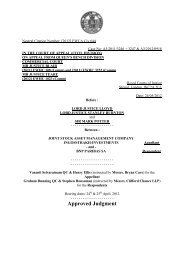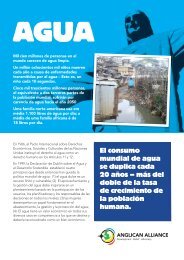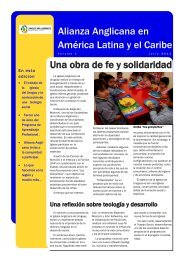HE senior mgrs_Apr18 - Bournemouth University
HE senior mgrs_Apr18 - Bournemouth University
HE senior mgrs_Apr18 - Bournemouth University
You also want an ePaper? Increase the reach of your titles
YUMPU automatically turns print PDFs into web optimized ePapers that Google loves.
(Caruana and Hanstock, 2003). This earlyresearch explored four alternative approaches tointernationalisation: ethos, activity, content andgraduate attributes. We concluded that eachapproach progressively raised the profile ofinternationalisation in terms of curriculum designand together formed a continuum along whichinstitutions could develop in order to fulfil theirinternational missions. Ethos stood at one end ofthe continuum assuming a ‘campus culture’orientation and the graduate attributes approachstood at the other with its focus on employabilityencompassing cognitive, attitudinal andintercultural dimensions. This latter approachseemed to offer potential in addressing the<strong>University</strong>’s student-centred goals (Caruanaand Hanstock, 2003).As our research progressed we found however,that we were becoming pre-occupied (as wasmuch of the literature with which we engaged)with the international student experience. Wetherefore made a conscious effort to try tore-focus and de-construct what it means ‘toprepare students for the global world of work’.We began to engage with notions ofcross-cultural capability and interculturalcompetence and in considering curriculum designto support the development of graduatecapability encountered the distinction between‘internationalisation abroad’ and’internationalisation at home’ (Caruana andHanstock, 2005). ‘Internationalisation at Home’served to illuminate subconscious preconceptionsand assumptions about the nature of theinternationalised curriculum which we hadgenerally been oblivious to. We noted that thetraditional emphasis on international mobilitycould ironically perpetuate a static view ofcultural knowledge as facts or artefacts, history,art, literature etc. where internationalisation isperceived as involving activities that are ‘faraway’ and that concern ‘others’. Furthermore,we were introduced to the possibility thatinternational mobility may reinforce the myth thata country has a homogenous national culturewhich in itself, may further detract from thedynamic view of culture as sets of practices inwhich people engage in order to live their lives,to understand their world and to produce andcomprehend (Teekens, 2005; Liddicoat, 2004cited in Caruana and Hanstock, 2005). Theliterature in the field therefore suggested that‘internationalisation at home’ could provide theframework to develop a broader and moredynamic conceptualisation of internationalisationin pursuit of a learning experience whichembraced cross-cultural capability and, indeedprepared graduates for a global world of work.As we reflected on these insights in the context ofour experience at Salford we became moreconvinced that the gap between policy andpractice might be rooted in the fact thatinternationalisation is a social practice whichtakes time to put into effect and will occur atdifferent levels of engagement on adevelopmental continuum from ‘technicalobservance’ to ‘relational participation’. Technicalobservance emphasises technical practices suchas the recruitment of international students andinternational staff; use of international examplesin curricula; support services tailored to helpstudents to survive and to assimilate; remedialsupport to deal with poor English as a clinicalcondition etc. It seemed that technical observancemight perpetuate a primarily university-centredapproach based on ‘old style’ conceptions ofinternationalisation and our concern was thatinternationalisation would remain the ‘add-on’with students being expected to change to meetthe expectations of the <strong>University</strong> that remains thesame. Technical observance thus offered little inthe way of any systematic, self reflexive andcritical challenge to entrenched norms andpedagogical practices. ‘Relational participation’on the other hand, is more specifically focussedon the learning experience and the studentlife-cycle. It is therefore student-centred and inturn thereby capable of accommodating themultiple yet complementary perspectives thatrepresent the internationalised curriculum across32The Global <strong>University</strong>The role of <strong>senior</strong> managers


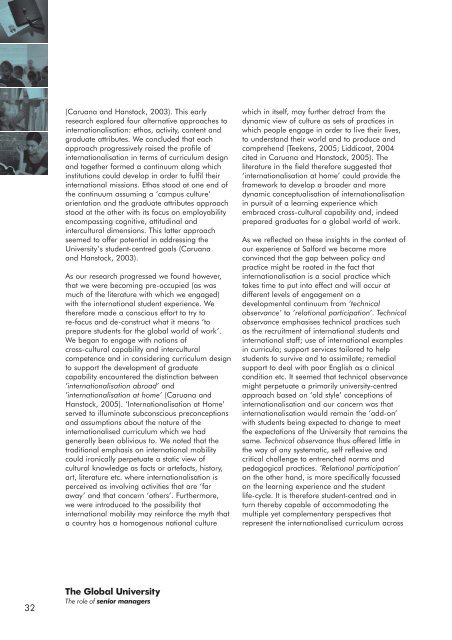

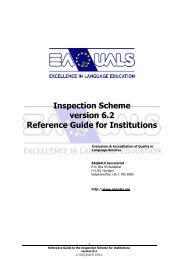
![[2012] UKUT 399 (TCC)](https://img.yumpu.com/51352289/1/184x260/2012-ukut-399-tcc.jpg?quality=85)

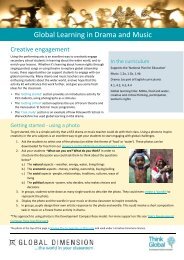


![Neutral Citation Number: [2009] EWHC 3198 (Ch) Case No: CH ...](https://img.yumpu.com/50120201/1/184x260/neutral-citation-number-2009-ewhc-3198-ch-case-no-ch-.jpg?quality=85)
